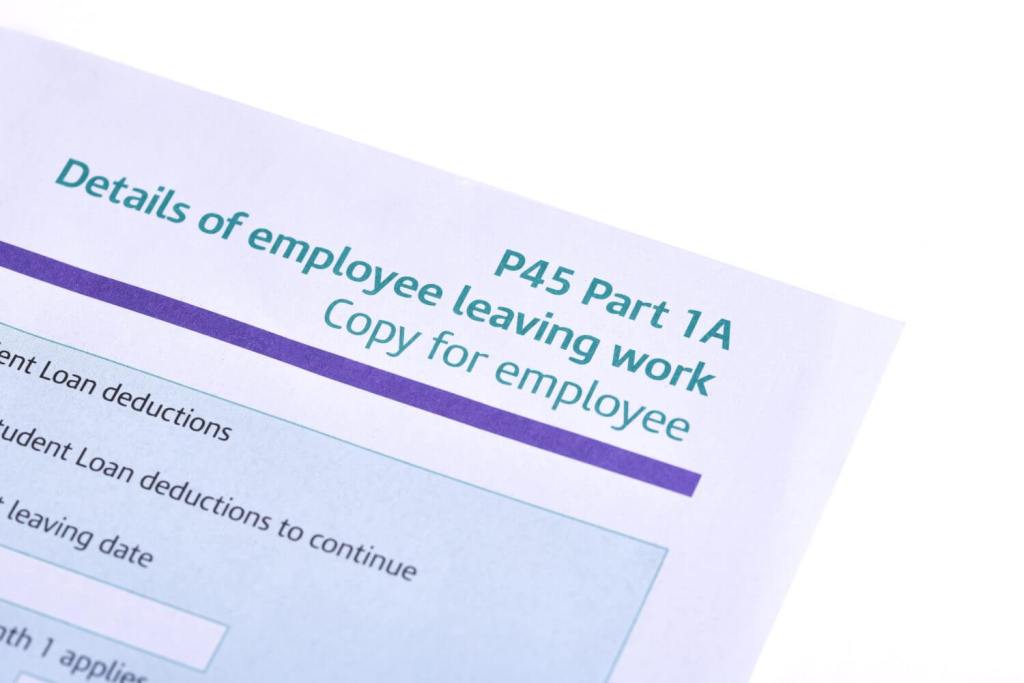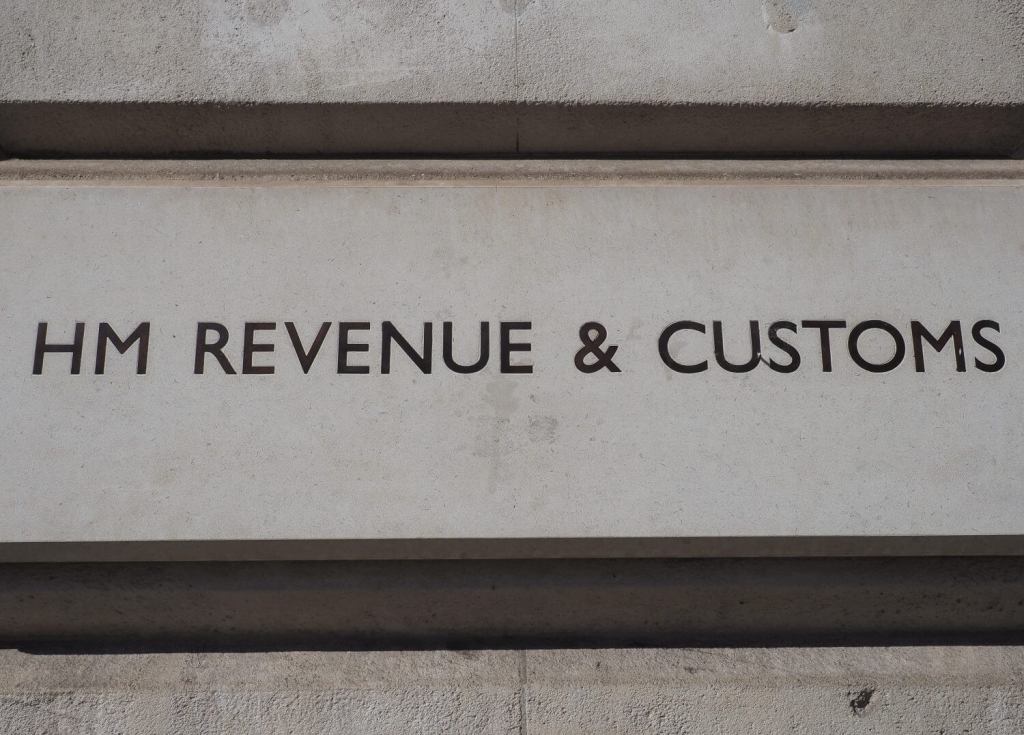Tax codes are part of the PAYE system, so there isn’t a self-employed tax code as such.
But it’s still important that the self-employed understand certain tax reference numbers, like the Unique Taxpayer Reference (UTR).
Read on to find out everything you need to know about tax codes for the self-employed, including:
- what is a tax code?
- what does my tax code mean?
- is there a tax code for the self-employed?
- how do I get a tax code after being self-employed?
- paying your Self Assessment tax bill through your tax code
- what is a UTR number?
- paying tax if you’re self-employed
What is a tax code?
HMRC uses tax codes to tell employers how much tax to deduct from an employee’s pay through the pay as you earn (PAYE) system.
PAYE tax codes are made up of a number followed by a letter, for example 1257L. A tax code isn’t unique and lots of people can be on the same one.
What does my tax code mean?
The number in the tax code (e.g. 1257) indicates the amount of money you can earn tax-free:
- 1257 means that you can earn £12,570 in the current tax year before you need to pay tax (the former tax code, 1250L, indicated a personal allowance of £12,500)
- the letter in the tax code refers to your situation and how it affects your income tax personal allowance
- L, for example, means that you’re entitled to the standard tax-free personal allowance
Use the government’s guide to tax codes if you’re not sure.
Is there a tax code for the self-employed?
If you’re self-employed, you pay tax on your self-employed income through Self Assessment rather than PAYE. So there isn’t a self-employed tax code for this income.
However, if you have money coming in from other sources besides self-employment, for example a job or a pension, you’ll have tax codes for them.
How to find my tax code
You can check your tax code by looking at your P45 or your payslip, and challenge it if you think it’s wrong.
You can also sign in to your HMRC personal tax account to check or update your details.
Other ways to find your tax code include using the HMRC app or on a ‘tax code notice’ letter.

Why has my tax code changed?
Your tax code may change if you start earning income from a job outside of your self-employment.
For example, you still run your cake making business from home but have taken some shifts at a local bakery for extra cash.
How do I get a tax code after being self-employed?
If you’re no longer self-employed and return to employment, you’ll need a tax code to make sure you’re paying the right tax and receiving the right wage through PAYE.
Your new employer should give you a ‘starter checklist’ that you can fill out to give them details about your previous employment. This information will be used by HMRC to work out your tax code.
Remember that you also need to let HMRC know that you’re no longer self-employed.
What is emergency tax?
If you’re returning to employment after being self-employed, your new employer may put you on an emergency tax code. These are used when your new employer isn’t aware of the details of your previous income.
What is the emergency tax code?
There are several emergency tax codes, including:
- 1257 W1
- 1257 M1
- 1257 X
Paying your Self Assessment tax bill through your tax code
If you have income from both self-employment and employment, you may be able to pay your Self Assessment tax bill through your tax code.
This means that HMRC adjusts your tax code to reflect your self-employed earnings, and will take Self Assessment tax from your salary through PAYE in equal instalments over 12 months.
To use this option you need to:
- have a Self Assessment tax bill of less than £3,000
- send your online tax return by 30 December
There are other criteria too, which you can check on the government’s website.
What is a UTR number?
A tax reference that all self-employed people do have is a Unique Taxpayer Reference (UTR). This isn’t a tax code or a National Insurance number.
Instead, a UTR is a 10-digit code that you’re given by HMRC when you register as self-employed. This is your personal reference for Self Assessment.
If you set up a limited company, your company is a separate legal entity, so it will have a separate UTR.
Your UTR doesn’t change. You have the same one throughout your life. If you stop being self-employed and then become self-employed again later, you’ll still have the same UTR.
You can find your UTR on previous tax returns and in your HMRC online account. It’s also found on other documents from HMRC, like notices and payment reminders. If you can’t find your UTR, contact HMRC.
Paying tax if you’re self-employed
If you’re self-employed, you’re responsible for:
- telling HMRC you’re self-employed
- filing a Self Assessment tax return each year
- paying your tax bill and National Insurance contributions
If you stop being self-employed, you need to tell HMRC, otherwise you’ll still be expected to file a tax return and you may be fined if you don’t. Even if you begin paying tax through PAYE and you have a tax code, HMRC won’t automatically assume that you’re no longer earning self-employed income, so remember to let them know.
Check out our tax and Self Assessment resource for more tips.
More guides on running your small business:
- What can I claim on tax? A guide to self-employed expenses
- How to go self-employed in the UK
- Which bank has the best business bank account?
- What does business insurance cover?
Looking for self-employed insurance?
With Simply Business you can build a single self employed insurance policy combining the covers that are relevant to you. Whether it’s public liability insurance, professional indemnity or whatever else you need, we’ll run you a quick quote online, and let you decide if we’re a good fit.
